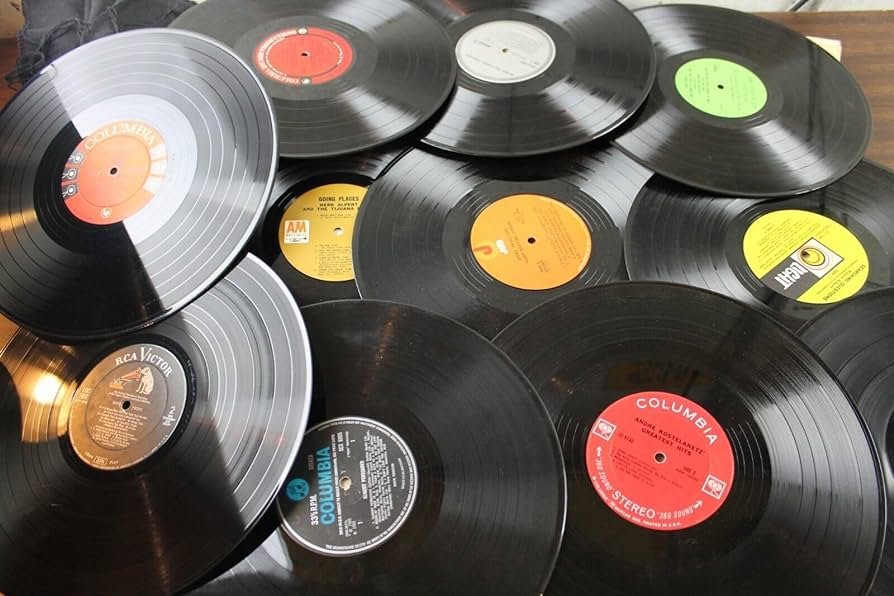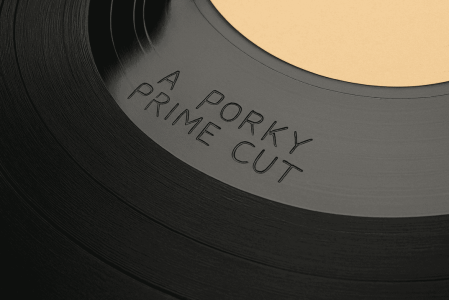If you’ve ever studied the inner groove of a vinyl record, you might have spotted a strange phrase: “A Porky Prime Cut.” These words aren’t just random. They’re the mark of George “Porky” Peckham, a legendary mastering engineer from the UK. His unique touch helped shape the sound of many classic records from the 1970s and beyond.
To vinyl collectors, a Porky Prime Cut means more than just a quirky message. It signals a piece of music history—an original pressing touched by one of the best in the business. For fans and audiophiles alike, spotting this etching adds both value and character to a record.
Who Was Porky?
George “Porky” Peckham was one of the most respected mastering engineers in the UK. Starting out as a musician, he later moved into the technical side of music production. It was there that he found his true talent—cutting vinyl records with care and precision.
Porky became known for his work in mastering and lacquer-cutting during the 1970s and 1980s. He helped shape the sound of many records, often giving them a warmth and punch that fans loved. His skills were trusted by top artists and major labels.
Over the years, he worked in several key studios, including Apple Records, Trident Studios, and The Master Room. These places were known for producing high-quality records, and Porky played a big part in that reputation.
What Is a “Porky Prime Cut”?
On most vinyl records, there’s a small space between the music and the label. This area is called the run-out groove. It’s where mastering engineers sometimes leave etched messages—small personal notes, jokes, or signatures scratched into the surface.
For George “Porky” Peckham, this became his signature move. He often etched the phrase “A Porky Prime Cut” into the run-out groove of records he mastered. It was his way of saying, “I worked on this, and I’m proud of it.”
But that wasn’t the only message he left. Porky was known for adding playful, mysterious, or cryptic phrases like “You’ll never work again,” “I can see for miles,” or “Pecko Duck”—a nod to his nickname and sense of humor. These messages became part of the charm and made each record feel more personal.
Significance in Music Culture

Porky Prime Cuts hold a special place in vinyl culture. For collectors, finding one means owning a piece of audio history. It’s not just about the music—it’s about the quality and the personal touch of someone who helped shape how that music sounds.
Many legendary artists had records mastered by Porky. His name is linked to albums by Led Zeppelin, Joy Division, The Beatles, Black Sabbath, and The Fall. Some of these records are first pressings, making them even more valuable.
Porky’s mastering style gave records a clean, powerful sound. He was known for getting the best out of a recording, with careful attention to detail. That reputation made his etched phrase more than a fun message—it became a mark of quality.
How to Identify One
To spot a Porky Prime Cut, take a close look at the run-out groove—the space between the music and the label on a vinyl record. Use good lighting, as the etchings can be small and faint. You’ll often see handwritten messages scratched into the surface. These aren’t part of the printed label—they’re etched directly into the vinyl.
The most common phrase is “A Porky Prime Cut,” but there are many variations. You might see “Pecko Duck,” “Porky,” or other playful notes that changed from record to record. Some messages were part of inside jokes between Porky and the artists, while others were just added for fun.
If you find one of these etchings, you’re likely holding a record mastered by Porky himself.
Closing Thoughts
Porky Prime Cuts are more than just markings in vinyl—they’re a signature of care, craft, and character. George “Porky” Peckham left his mark not only in grooves but in the sound and spirit of countless records. His etchings are now sought after as signs of quality and authenticity.
In today’s vinyl revival, these cuts continue to stand out. For collectors and new fans alike, spotting a Porky Prime Cut adds value and a touch of history to the listening experience. It’s a reminder that even in the age of digital, the human touch still matters.
